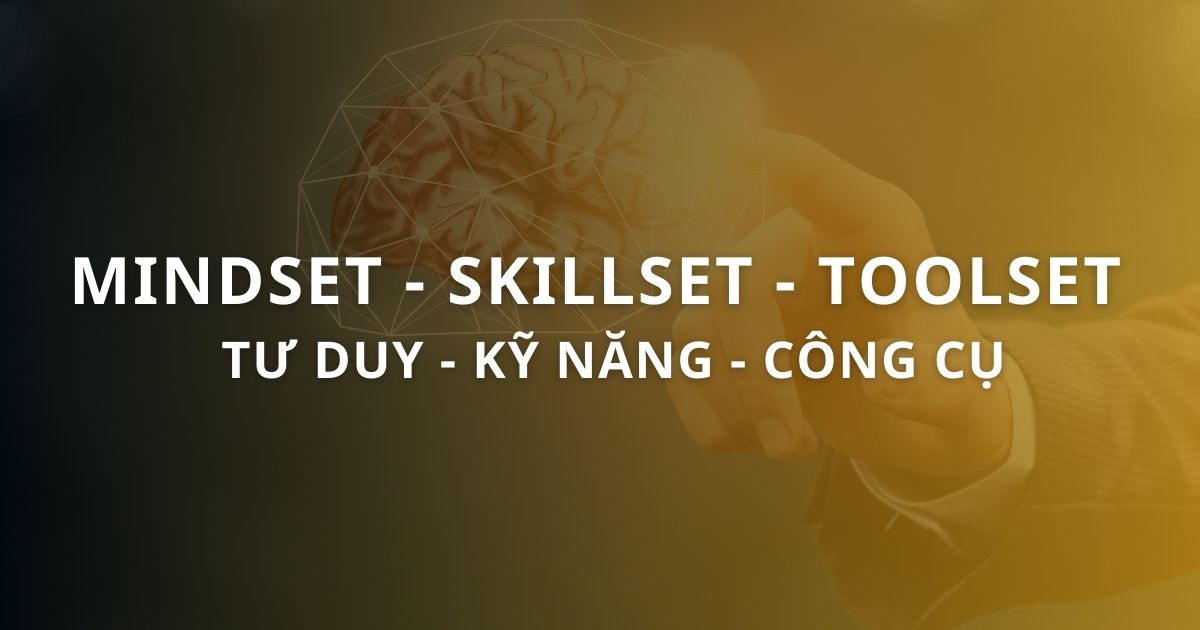If I told you that agile companies are twice as likely as the average company to hit their financial goals, would you be surprised? Where would agility sit on your priority list? Where does it sit now?
Often dismissed as just another business buzzword, agility might be what gives you a distinct advantage over your competitors. Many studies, like this one from Accenture, reveal that notably agile firms are more than twice as likely (55%) as the average organization (25%) to achieve top-quartile financial performance; however, most companies still struggle to make agility a priority.
A recent Gallup survey revealed that most companies want to be more agile, but almost 60% of them did not have the cultural attributes — ranging from willingness to share knowledge to quick decision-making — to make it possible.
Moreover, the Human Resource Certification Institute reveals that 43% of HR professionals say their organizations are able to “quickly turn challenges into opportunities” — with less than a third devoting resources to developing learning and decision agility.
While the majority of companies recognize the value of agility, few companies really know what business agility would mean to them — and even fewer understand what is necessary to implement it. Do not let agility become just a talking point within your organization; instead, make it the critical survival skill it is.

Do not let agility become just a talking point within your organization; instead, make it the critical survival skill it is
Make an agile mindset part of your cultural DNA
The ability to make and execute decisions — regardless of speed — is a product of your company culture and its inherent processes. Simply put, your company cannot be agile if its feet are tied together by red tape or stuck in the status quo.
You can establish agility as a dominant trait in your organization by embracing four foundational tenets.
1. Embrace an entrepreneurial mindset
Entrepreneurs typically have a higher level of awareness and appreciation of the needs of others. The best ones have high self-awareness and instill that in their organizations. By understanding how their approach inevitably impacts the end result, they quickly adjust and create a very agile culture poised to attack opportunities in the marketplace.
Entrepreneurs are not dreamers. They are doers — even if they do it wrong at first. Risk tolerant, solution-focused and quick to learn, failure does not result in the same sting as it does with their risk-averse peers. To them, mistakes are merely the cost of research and development.
High-performing entrepreneurs thrive under pressure. It sharpens their focus, drives their creativity and heightens their awareness of solutions beyond their market and industry.
Without an entrepreneurial mindset, ideas remain in the ether. While no one fails, nothing is accomplished.
2. Establish a fluid foundation
It is great to talk about adopting an agile mindset, but if your organization is not able to quickly adapt to change, you cannot take advantage of the right opportunities. Everyone in the organization must embrace this culture — from the C-suite to the day-to-day managers. Without a strong fluid foundation, small bends become breaks, and these breaks impair your ability to take advantage of opportunities.
Reduce the complexity around processes and procedures by leveraging technology to streamline your operation. Agile companies thrive in chaos and dynamic marketplaces because they have established processes and procedures around an agile mindset. The world is more chaotic than ever, so your company must be ready to pivot as needed.
Take the time to evaluate your core processes, as these codified behaviors may be secretly undermining your agility efforts. This is not to discredit all workflows or SOPs of course; they exist to increase efficiency and reduce mistakes. However, they can sometimes inhibit the very innovation you need to be an agile organization. Use wisely and evaluate often. The more the whats and hows override the why, the less agile you’ll become.
3. Identify, clarify and amplify your core purpose
Today’s agile companies anchor into meaningful core purposes, uniting their teams around the significance of the problem and the solution. This guts-and-glory approach to core fundamentals deepens the emotional connection and investment required for enhanced innovation, creativity and survival.
If you want faster, smarter and more agile decision-making, make sure all team members are clear on why they are here. Everyone needs to be emotionally invested in the purpose.
The more engaged team members are with your purpose, the easier it becomes to recognize opportunities, learn from (and prevent) mistakes and find new and better ways to get things done.
4. Create a culture of open collaboration and candid communication
There’s no question that open and collaborative organizations achieve more than individual stakeholders, especially when groups are encouraged to question the status quo, experiment and innovate.
As we have seen in military organizations and tightly knit research groups, nimble teams rely on each other to execute their specific roles. These high-performance collaborations execute rapid decision-making because all other aspects are well-informed and aligned.
The ultimate goal of agile collaboration — and corporate agility as a whole — is intentional, fearless and continuous improvement.
While you as a leader should set the tone, it must be a thoroughly supported cultural shift on every level. Employees need the freedom to make mistakes. Leaders need self-awareness to accept feedback from unexpected places. Teams as a whole need to learn to trust each other.
Without open and candid communication, innovation stops — and there is no reward without risk.
The good news is that developing corporate agility is not an all-or-nothing task. By making small incremental changes, more companies can create a cultural and behavioral bias towards entrepreneurial agility.
When it comes to today’s ever-changing and complex business environments, it’s clear that the strong and stubborn can’t survive — but the agile will flourish.
Source: Entrepreneur.com







.jpg)
.jpg)
